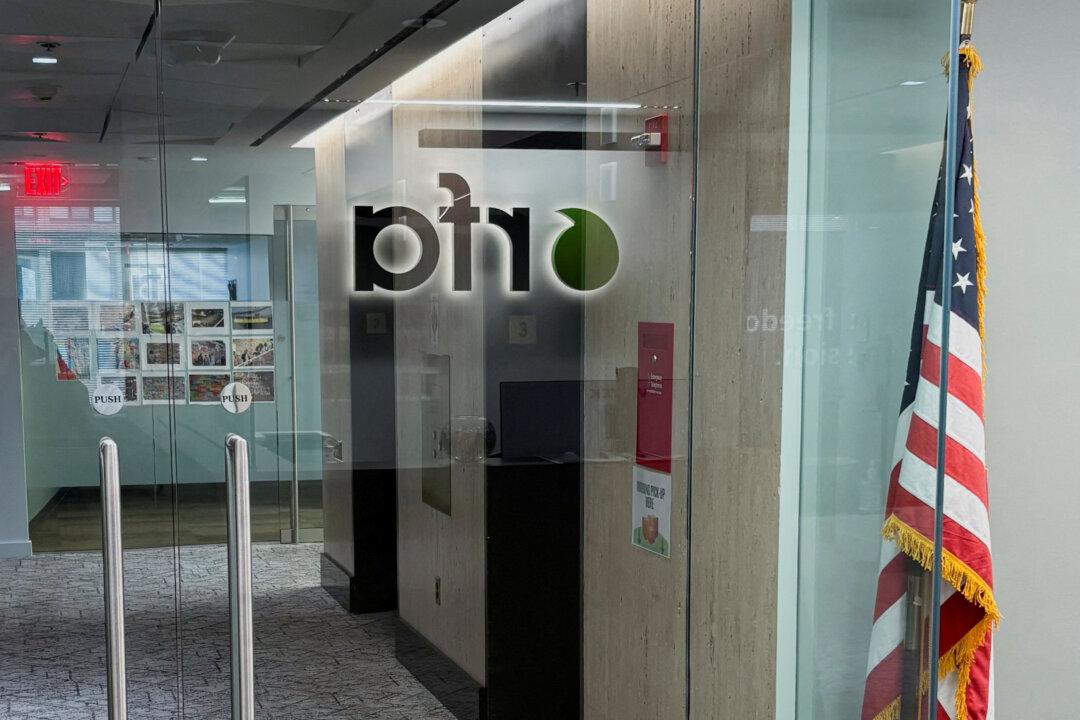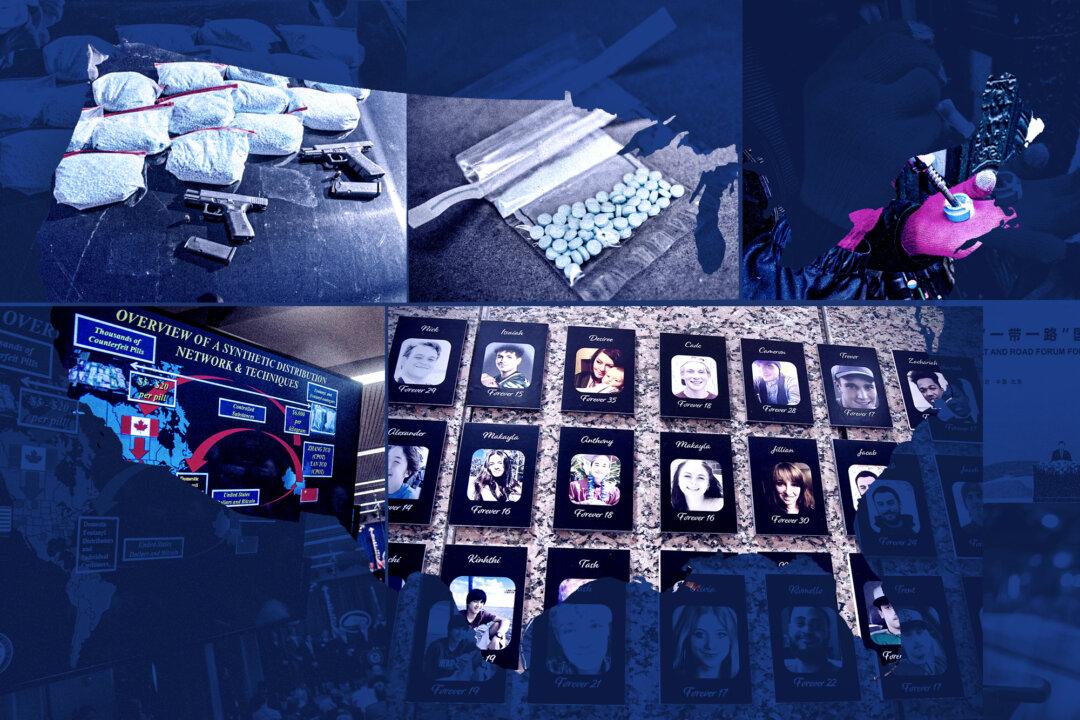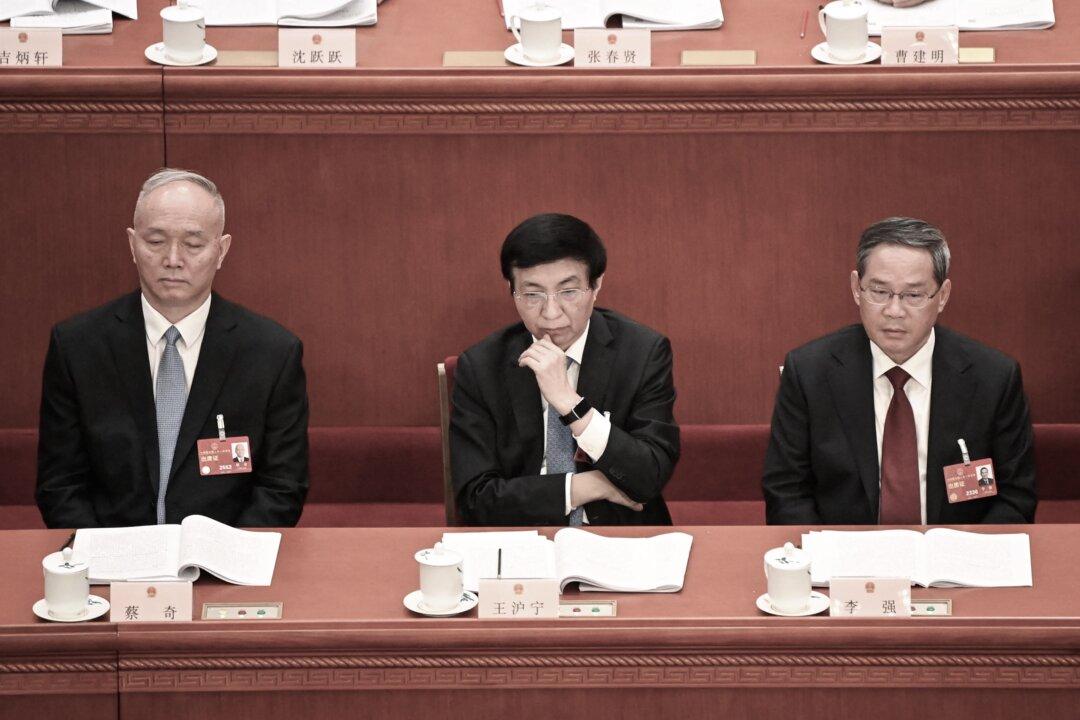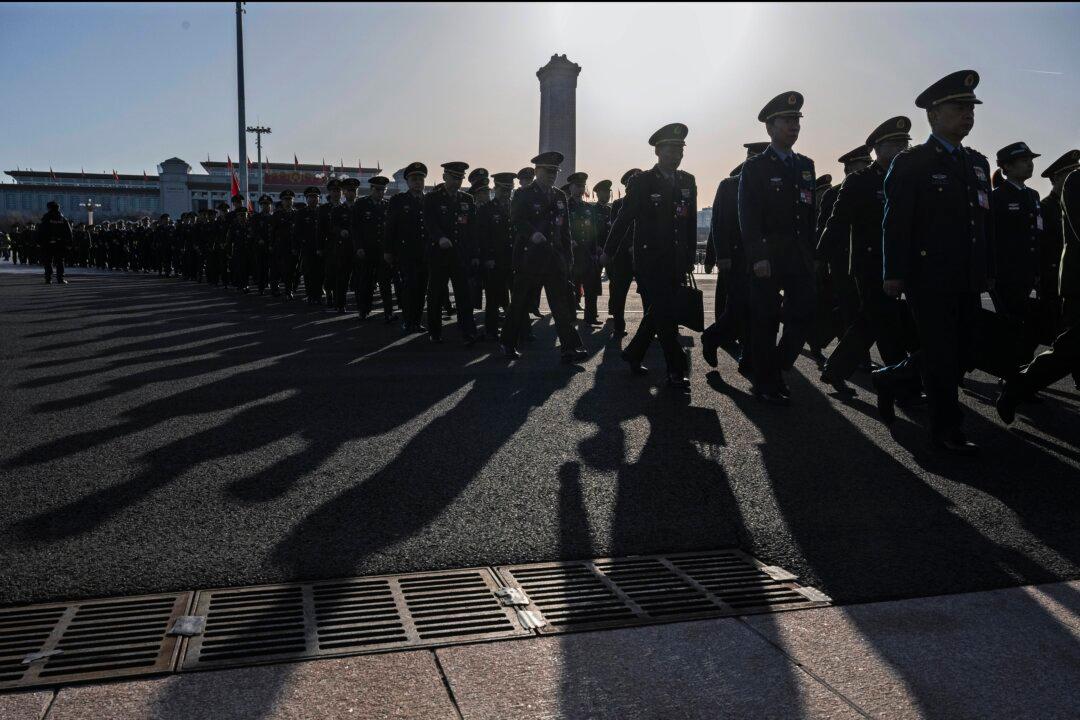Historically, airborne leaflets have been used as an effective form of psychological warfare. During the Second World War, the Allies dropped packets of leaflets or hydrogen balloons from aircraft over German territory to refute the Nazi regime’s deceptive propaganda. After the Korean War, several non-governmental organizations (NGOs) in South Korea have been using balloons to send materials censored in North Korea to the North Korean people.
In the past month, Chinese state media kept silent on the mass protests in Hong Kong. Internet police and robot censors continue to stop the spread of pictures, videos, and reports about the Hong Kong protests on all social media platforms.
As a result, many Chinese tourists who witnessed the July 7 parade in Hong Kong, a vast march with 230,000 participants, were shocked and bewildered by the event, as they had no idea what has been happening in Hong Kong over the last few weeks.
Having realized how important it is to help mainland Chinese understand what they have been fighting for, the Hong Kong protesters figured out an ingenious method to share information with tourists from mainland China. They are now using “AirDrop,” a file sharing feature that allows Apple devices (mobile phones, tablets, etc.) to send photos and videos over Bluetooth and wireless networks. They write the information in simplified Chinese characters to make sure the recipients would easily understand the content.
“Did you know that in the past month, there have been three large-scale parades in Hong Kong, and as many as 2 million people have taken to the streets to protest?” said one of the AirDropped leaflets.
“We hope you have a great trip [in Hong Kong], and experience the freedom of assembly [there]. It is for freedom of assembly that we are fighting today,” another leaflet explained.
Others focus on exposing the atrocities of the Chinese communist regime. For example, one leaflet asked, “My dear fellow, do you love your child?” and condemned the tainted milk scandal that occurred in China in 2008. It contained a photo of a baby victim with a swollen head from the poisons in the adulterated milk powder.
Chinese state-run media claim that it is foreign anti-China forces instigating Hong Kong residents to organize a “riot.” Some of the AirDropped files explain why there was no “foreign anti-China force” behind these protests, and that the Chinese communist regime used the same tactic to defame students seeking democracy during the 1989 Tiananmen Square Massacre.
Some senders even included a QR code for Alipay or Wechat Payment, to encourage the recipients to read the AirDropped leaflets.





